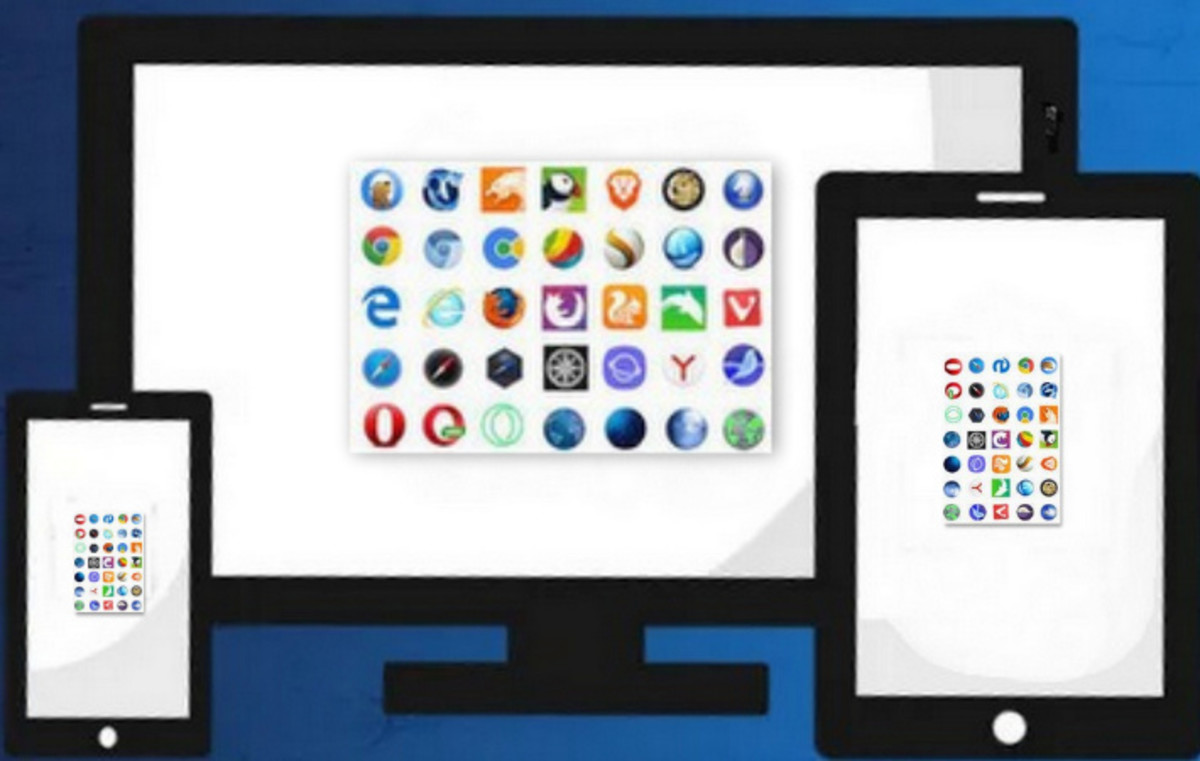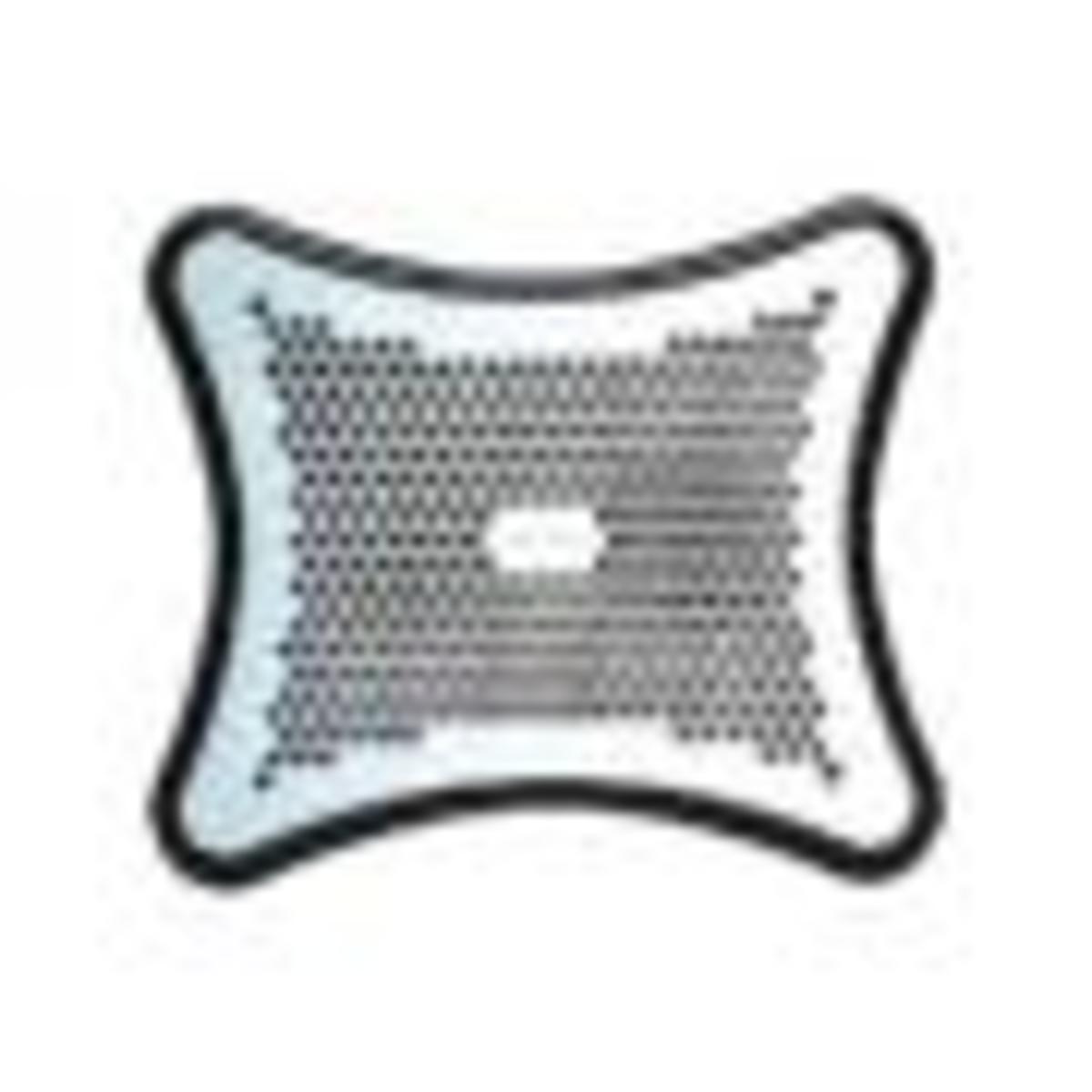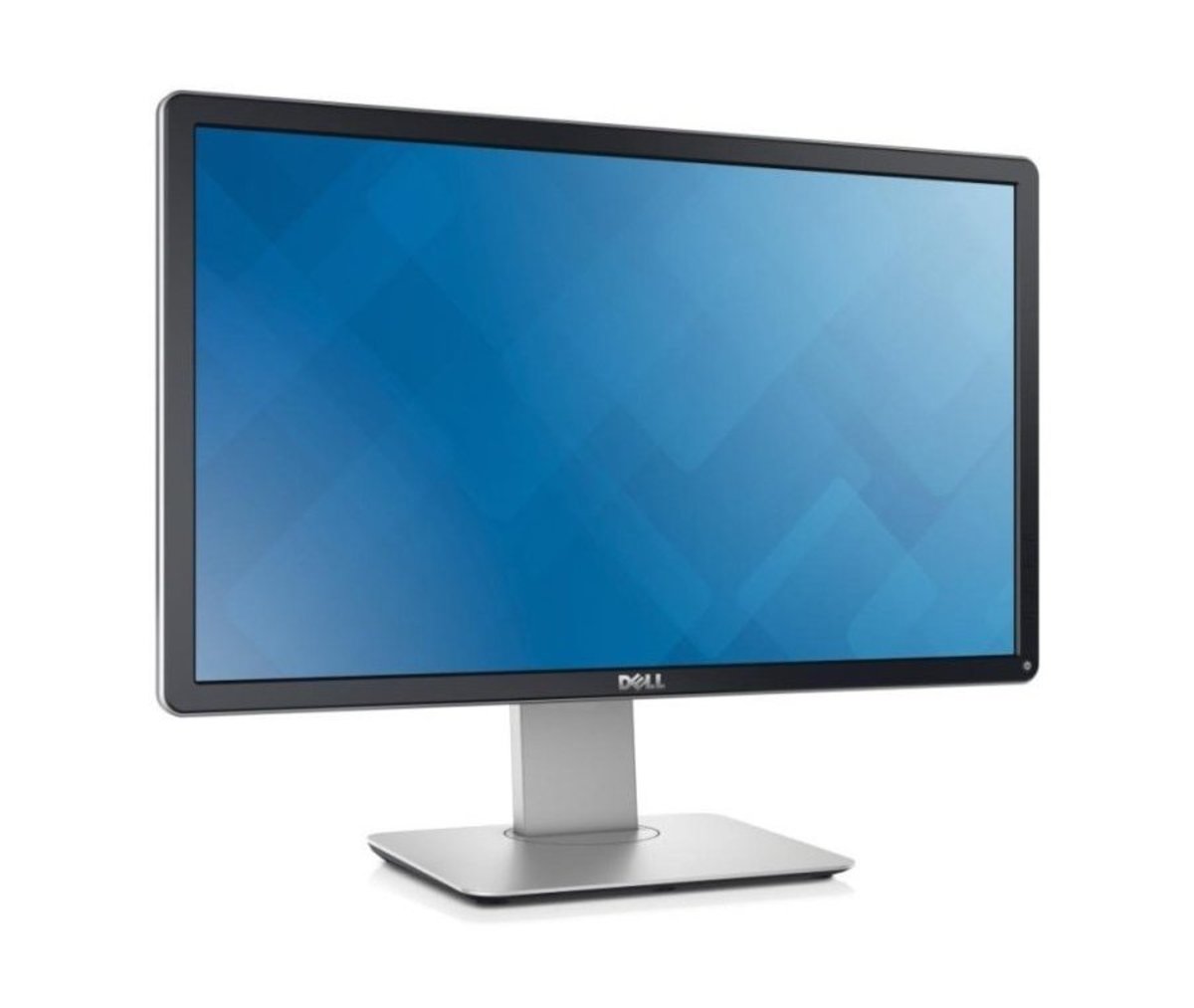Tools to help diagnose PC problems

Most PC operational problems can be diagnosed and fixed with some common troubleshooting techniques. Some troubleshooting resources include the built-in operating system utilities, documentation,( read the manual) and helpfully also the the Internet.
Bootable media.
Bootable media is the installation disk setup media or the CD-ROM/DVD that you originally you installed the operating system setup files from. Sometimes the system files become corrupt, and you can repair or replace them using the setup CD-disk, and just running the start of the installation again. It will normally give you an option to repair.
Startup modes.
Windows operating systems can most other good operating systems can be started in a diagnostic mode by using the Advanced Boot Options. These options can include a Safe Mode, or Safe Mode with Networking. Windows even has my favorite, which is the Last Known Good Configuration. This is great, if it works, it takes 5 minutes, and the laptop is restored to the previous working state.
Documentation.
Documentation of the operating systems, or devices and the application software can be very helpful in troubleshooting any problems. Technicians should always read the documentation before they install a new piece of hardware to make sure its compatible,the requirements, and the installation procedure.
Most documentation for hardware devices, software applications, and utilities will come in the form of adobe pdf manuals, on the disk. Sometimes if there is no disk included you will have to download the manual from the makers website.
Task Manager.
The task Manager gives you a real-time performance data about system,
network, and any application processes that are running now. On a windows pc, you can do what i call the 3 fingured salute. [CTRL] [ALT] [DELETE] You can close any non responding applications or even increase or decrease the applications performance by adjusting the base priority.
The task manager can give you other great information including the cpu and memory usage of the applications running, and also some of system activities including the network traffic to and from the PC.
file, memory, network interfaces, and protocols.
Device Manager.
The Device Manager is used to help manage the devices that you have installed on your PC. It is a great way to quickly access the hardware that you have on your pc, and the relevant drivers that are installed on the pc alongside that hardware. You can install, uninstall, or even update the device drivers as well as usually roll back to one of the working drivers if the new one has suddenly stopped working.
Event Viewer.
The Event Viewer console is used to view all the pc system event logs. You can launch this console from the Administrative Tools folder on the Start Menu.
System Configuration utility.
The System Configuration utility can be launched by typing msconfig in the search menu, or from the command line.This utility is very good to help verify the system start up environment. Sometimes a pc can take 5 minutes to load up from turning it on. SO you can check what the options and programs are that are loading up in the start up. Most of these startup programs are not even really required, except importantly your antivirus. All the other programs can usually be quite happy spending an extra 0.5 seconds loading up only when you need them. The options in the system start up include the boot options, services, and applications configured for auto-start.
Recovery CD.
If you are buying a PC from a well known vendor, they will usually supply their own desktop computers with a pre-installed operating system. These OEM operating systems do not usually come with a separate setup cd or dvd. however you will get a special CD called a Recovery CD. This disk contains the essential operating system files to re install in the case of any problems.
System File Checker.
The System File Checker, which you can run by typing sfc.exe into the command-line, is a utility that will verify the protected system files once the PC is restarted. If a missing, overwritten, or corrupted protected system file, it will retrieve the correct version of the file and then replace the incorrect file with the correct one. There are a number of switch variations that you can use.
/scannow
Scans all protected system files immediately.
/scanonce
Scans all protected system files at once at the next boot.
/scanboot
Scans all protected system files every time the system is started.
/revert
Returns the scan to its default operation.
/purgecache
Purges the Windows File Protection cache and scans all protected system files
immediately.
/cachesize=x
Used to set the size of cache file.





